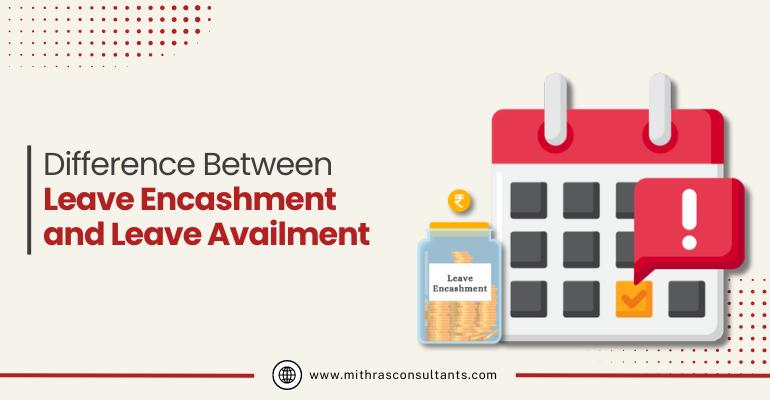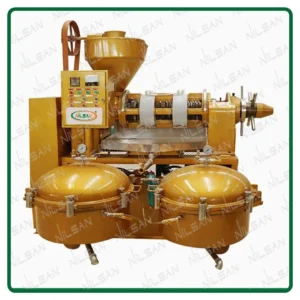
leave encashment
Understanding employee leave policies is crucial for both employers and employees. Two important concepts in this realm are leave encashment and leave availment. These terms may sound similar, but they refer to different aspects of leave management. Leave encashment involves converting unused leave into monetary compensation, while leave availment is the actual taking of leave for rest, personal time, or other reasons.
Knowing the difference between these can help employees make informed decisions about their leave and benefits. Today, we will explore the key differences between leave encashment and leave availment, providing a clear understanding of each concept.
What is Leave Encashment?
Definition and Purpose
Leave encashment allows employees to receive payment for their unused leave days. This is often done at the end of the financial year or upon retirement or resignation. The main purpose is to provide a monetary benefit for leave that an employee did not take.
How Does Leave Encashment Work
When employees choose leave encashment, they are compensated for the number of leave days they have accumulated but did not use. The amount received is calculated based on their current salary. This provides an additional financial boost, especially during critical times such as retirement or job transition.
Tax Implications of Leave Encashment
Leave encashment can have tax implications. In many countries, the amount received is taxable, although there might be exemptions or reliefs available under certain conditions. It is advisable for employees to understand the tax laws related to leave encashment to plan their finances better.
What is Leave Availment?
Definition and Purpose
Leave availment refers to the actual process of taking leave from work. This could be for various reasons such as vacation, personal matters, or health issues. The main purpose is to allow employees to rest and rejuvenate, ensuring they maintain a healthy work-life balance.
Types of Leave
There are different types of leave that employees can avail of, including annual leave, sick leave, and personal leave. Each type has its own set of rules and conditions. For instance, sick leave usually requires a medical certificate, while annual leave is planned and approved in advance.
Benefits to Employees and Employers
Taking leave is beneficial for both employees and employers. Employees get the necessary rest, which can improve their overall well-being and productivity. Employers benefit from having healthier, more motivated staff. It also reduces burnout and absenteeism in the long run.
Key Differences Between Leave Encashment and Leave Availment
-
Usage
The primary difference lies in the usage. Leave encashment is about converting unused leave into money, while leave availment is about using the leave days for their intended purpose.
-
Timing
Leave encashment typically happens at specific times such as the end of the financial year, retirement, or resignation. In contrast, leave availment can occur anytime during the employment period, depending on the company’s leave policy.
-
Financial Impact
Leave encashment provides a financial benefit to the employee, as they receive a monetary value for their unused leave. Leave availment, however, does not have a direct financial impact but ensures the employee’s health and productivity are maintained.
-
Policy and Approval
Leave encashment policies are often part of the employment contract and are governed by specific rules. Leave availment usually requires approval from supervisors or HR, ensuring that the absence does not affect business operations.
Factors to Consider When Choosing Between Leave Encashment and Leave Availment
Personal and Financial Needs
Employees should consider their personal and financial needs when deciding between leave encashment and leave availment. Those nearing retirement might prefer encashment for the financial benefit, while others might prioritize taking time off to avoid burnout.
Company Policies
Understanding the company’s policies on both leave encashment and leave availment is crucial. Some companies may offer attractive leave encashment schemes, while others might encourage employees to take their leave.
Health and Well-being
Employees should not overlook the importance of rest and well-being. Regularly availing leave can prevent stress and health issues, leading to better long-term productivity and job satisfaction.
Conclusion
Understanding the difference between leave encashment and leave availment helps employees make informed decisions that align with their personal and professional goals. While leave encashment provides financial benefits, leave availment ensures rest and rejuvenation. Balancing both aspects is essential for a healthy and productive work life.
At Mithras Consultants, we understand the complexities of employee benefits and financial planning. As an independent Actuarial Valuation and insurance consultancy firm, we provide qualitative financial and insurance solutions tailored to our clients’ needs. Our goal is to help clients make the best possible decisions regarding their financial, insurance, and risk management programs. Contact us for customized business solutions designed to meet your specific requirements.




